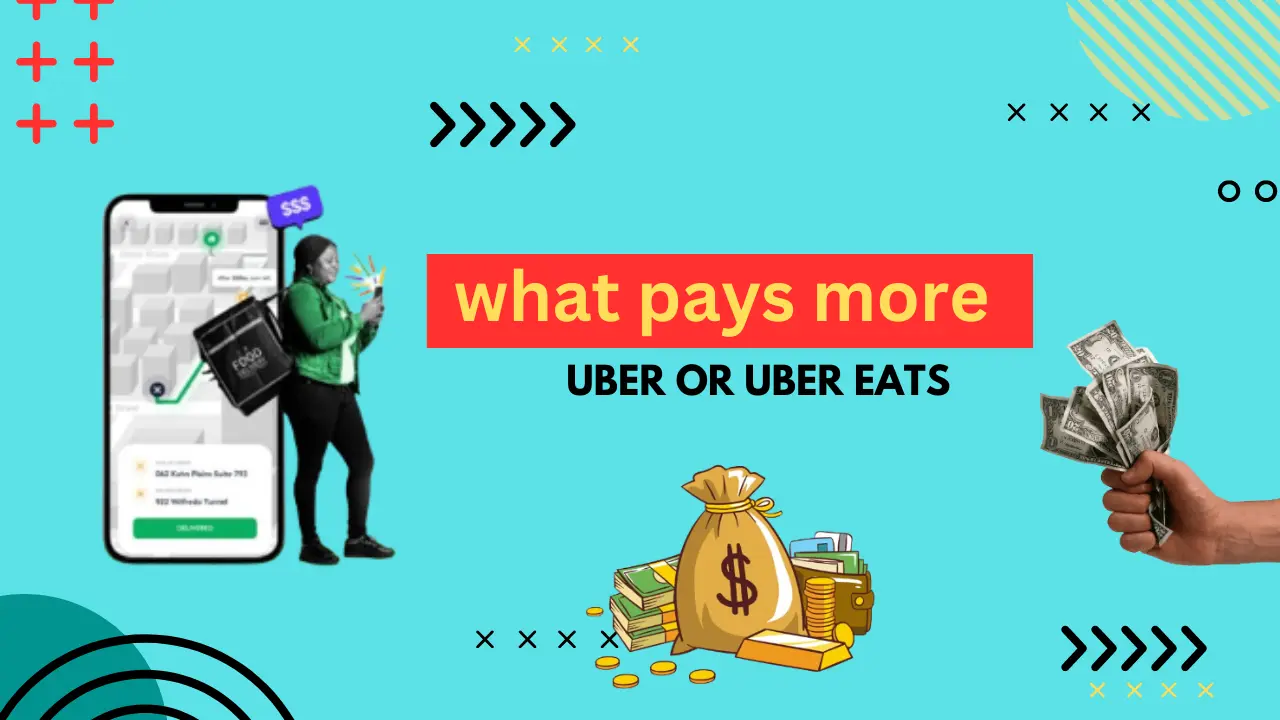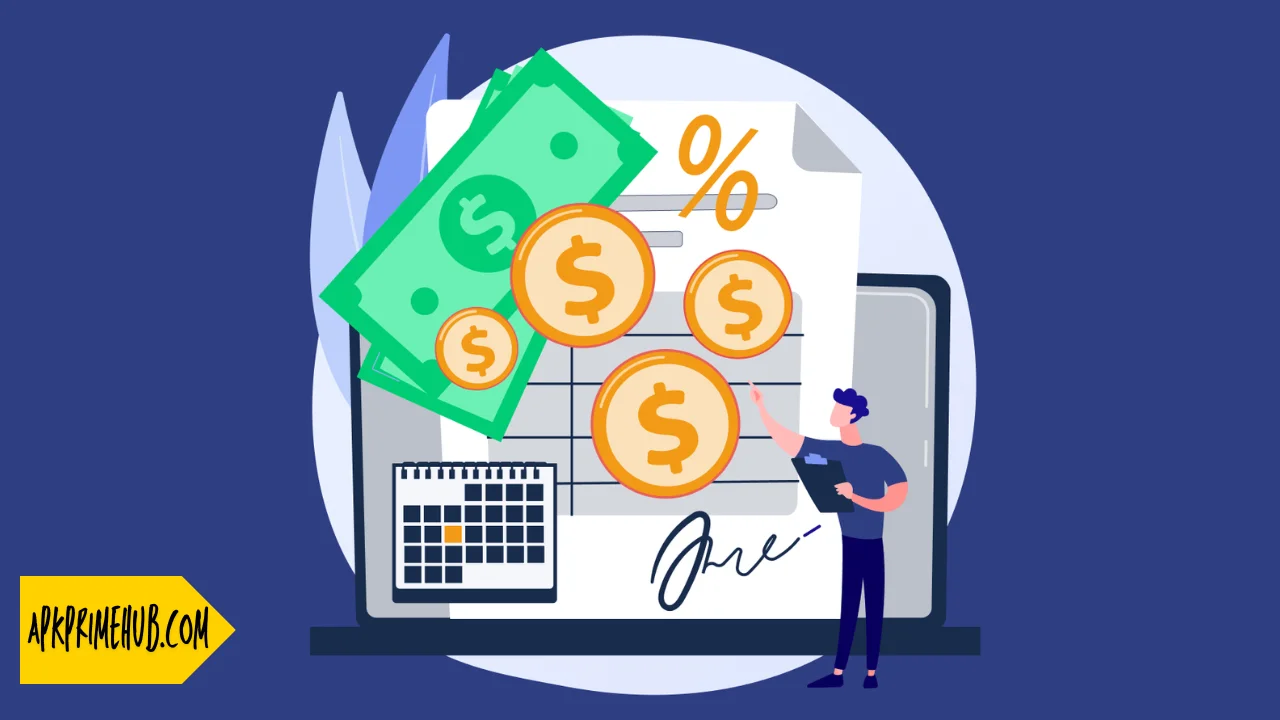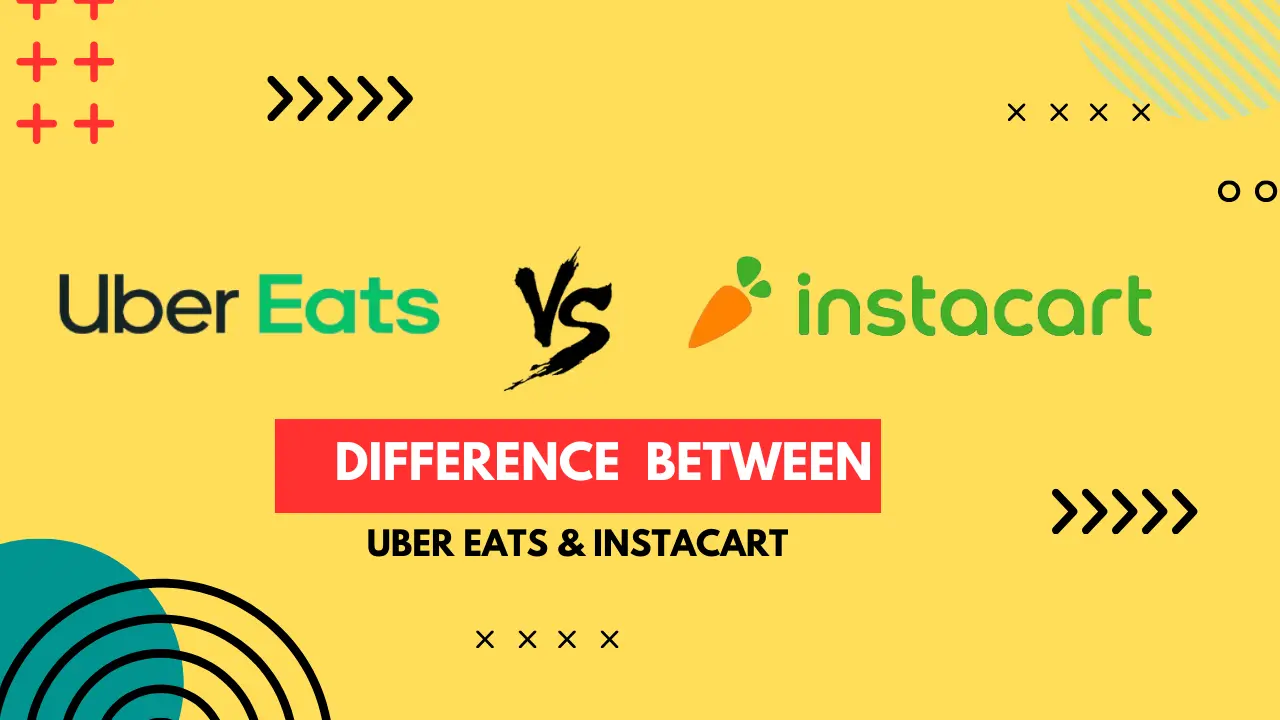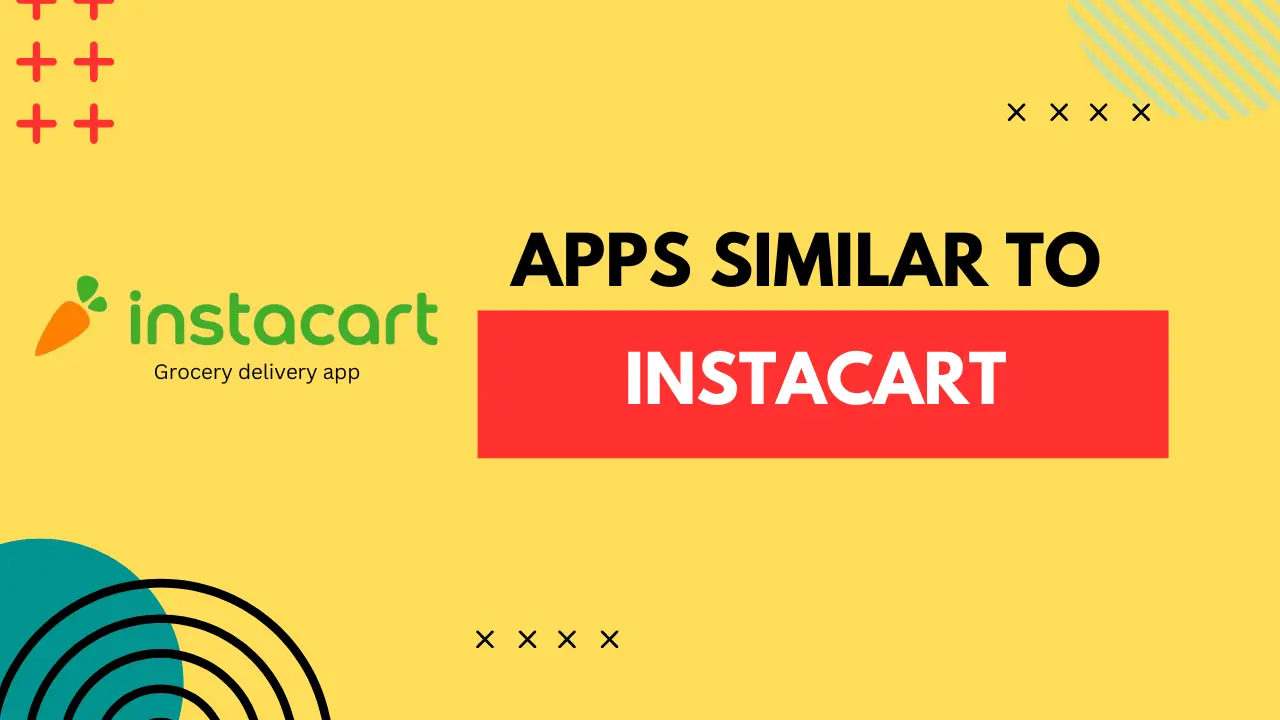A common question that arises is, “What pays more: driving for Uber or delivering for Uber Eats ?” To unravel this query, let’s delve into the intricacies of each platform’s earning structure and various factors that influence earnings.
Earning Structure
Both Uber and Uber Eats operate on a similar principle of providing on-demand transportation and food delivery services. However, their earning structures differ slightly.
- Uber:
Drivers for Uber typically earn based on the time and distance of each trip. The fare is calculated using a combination of base fare, time spent on the trip, and distance traveled. Additionally, surge pricing during peak hours can significantly boost earnings.
- Uber Eats:
Delivery partners for Uber Eats earn based on the number of deliveries completed. They receive a fee per delivery, which may vary depending on factors like distance and demand. In some cases, they may also earn tips from customers.
Factors Influencing Earnings
Several factors play a crucial role in determining how much one can earn on either platform.
- Peak Hours and Demand Fluctuations:
Both Uber and Uber Eats experience peak hours of high demand, typically during meal times or weekends. Earnings during these peak hours tend to be higher due to increased demand.
- Geographic Location and Market Saturation:
Earnings can vary depending on the city or region where one operates. In densely populated areas with high demand and fewer drivers/partners, earnings may be higher compared to saturated markets.
- Incentive Programs and Bonuses:
Both platforms often run incentive programs and offer bonuses to encourage drivers and delivery partners to work during specific times or meet certain targets. Taking advantage of these incentives can significantly boost earnings.
Comparing Earning Potential
While it’s challenging to make a direct comparison, as earnings can vary greatly depending on individual circumstances and external factors, various studies and testimonials provide insights into the earning potential of each platform.
According to some studies, Uber drivers tend to earn more on average compared to Uber Eats delivery partners. This can be attributed to factors such as longer trip distances and surge pricing during peak hours.
However, it’s essential to consider the expenses associated with each platform, such as fuel costs for drivers and vehicle maintenance, which can impact net earnings.
Flexibility and Work-Life Balance
One of the primary attractions of gig economy jobs like Uber and Uber Eats is the flexibility they offer. Individuals can choose when and how much they want to work, allowing for a better work-life balance compared to traditional employment.
Expenses and Costs
While both driving for Uber and delivering for Uber Eats offer the potential for earning extra income, it’s crucial to consider the expenses and costs associated with each.
Customer Interaction and Experience
The nature of customer interaction differs between driving and delivering, which can impact earnings. Drivers may interact more directly with passengers, while delivery partners have limited interaction with customers.
Job Satisfaction and Stress Levels
Job satisfaction and stress levels can vary depending on individual preferences and experiences. Some may find driving for Uber more enjoyable and less stressful, while others may prefer the simplicity of delivering for Uber Eats.
Growth Opportunities and Career Progression
Both Uber and Uber Eats offer opportunities for growth and advancement within their respective platforms. This may include incentives for top-performing drivers/partners, additional training, or access to exclusive benefits.
Risks and Challenges
Like any job, driving for Uber or delivering for Uber Eats comes with its own set of risks and challenges. These may include safety concerns, vehicle maintenance issues, and navigating through traffic or unfamiliar neighborhoods.
Community and Support System
Both platforms provide a sense of community and support system for their drivers and delivery partners. This may include online forums, local meetups, and access to customer support for assistance with any issues or concerns.
Regulations and Legalities
Uber and Uber Eats are subject to regulations and legalities governing their operations in various jurisdictions. It’s essential for drivers and delivery partners to familiarize themselves with these regulations and ensure compliance to avoid any potential legal issues.
Future Outlook and Trends
The future of ride-sharing and food delivery industries is constantly evolving, with advancements in technology and changes in consumer behavior shaping the landscape. Predictions suggest continued growth in demand for on-demand services, presenting opportunities for drivers and delivery partners.
Conclusion
In conclusion, whether Uber or Uber Eats pays more ultimately depends on various factors, including individual preferences, market conditions, and expenses. Both platforms offer flexible earning opportunities and can be lucrative for those willing to put in the effort. Ultimately, the decision between driving for Uber or delivering for Uber Eats should be based on personal circumstances and goals.
FAQs
- Which platform offers more earning potential: Uber or Uber Eats?
- While earnings can vary depending on factors like location and demand, some studies suggest that Uber drivers tend to earn more on average compared to Uber Eats delivery partners.
- How flexible are the working hours on Uber and Uber Eats?
- Both platforms offer flexibility, allowing individuals to choose when and how much they want to work, making it suitable for those seeking to balance work with other commitments.





